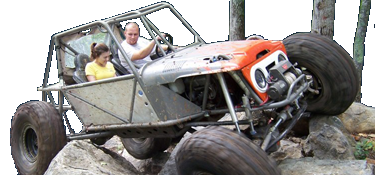Red (thoriated) tungsten is the old-school go to tungsten, but it's fallen waaay out of favor since it's quite radioactive and the dust is hard to contain when grinding. Most folks have gone to a 2% lanthanated (blue) tungsten. You can find them all over Amazon or Ebay for prices lower than most local shops. My Airgas branch doesn't even carry it. It works well on older transformer machines.
You need a tungsten grinder. I made mine out of a cheap HF die grinder and a set of diamond wheels they had. Works great, cost about $20, doesn't take up as much space as a dedicated bench grinder. A lot of folks use a fine wheel on a bench grinder, but make sure you only use that wheel for tungsten in the future. Don't want to contaminate your T. Look up videos on T sharpening and figure out which method works best for you.
As far as the flex head, you'll be fine learning with what you've got. Spend some time looking into other torches while you're learning. I just took our TIG from a water cooled WP-18 down to a CK industries WP-17 air cooled, flex head with the superflex cable. It's a huge difference in flexibility, but if you're a shitty welder, it's not going to fix that. Also, the rigid head might actually help learning scratch-start. The head can't flex while you're scratching off, allowing the T to stick.
Gas lenses are nice, but there's a lot of new options on the market, too. Learn with your #7 or 8 cup, get your gas flow right, and research lenses. Pyrex cups look like fun, I haven't tried one yet.
It won't be long before you're looking at new welders with high-freq start and AC. Look into the Eastwood TIG-200. I've got some experience with this unit and the company. It's a lot of welder for the money, and backed by a good warranty.



